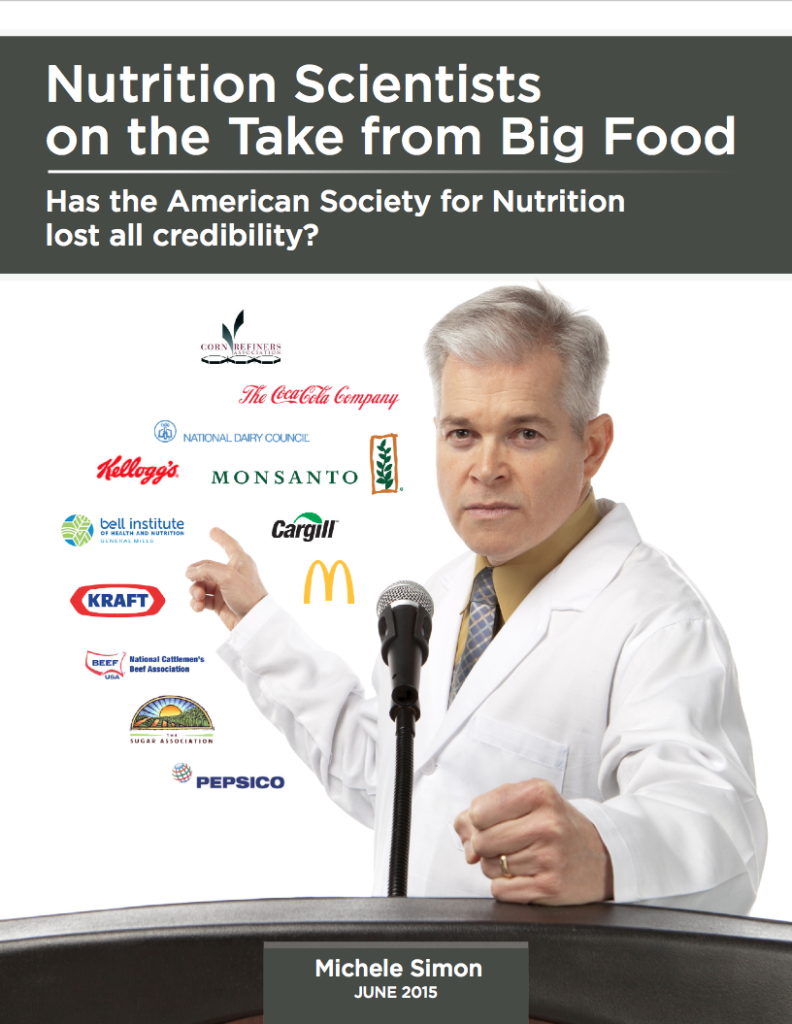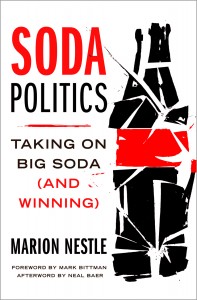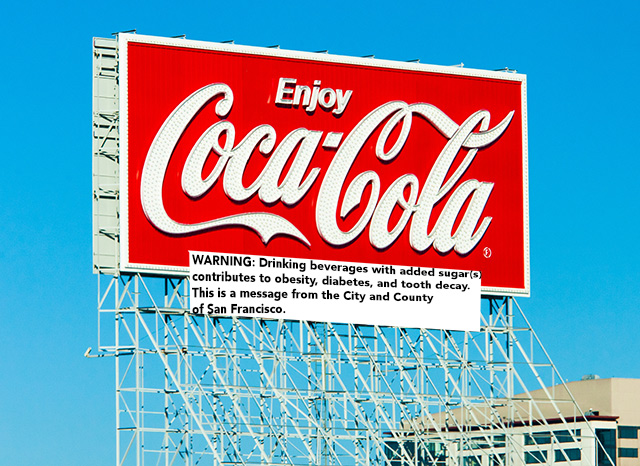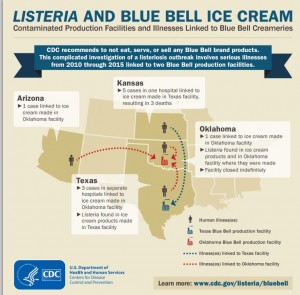The food industry’s undue influence on the American Society for Nutrition
I’m catching up with events I missed while offline in Cuba. Here’s one: Michele Simon’s new report:

The American Society for Nutrition (ASN) is the leading organization for physicians and scientists who conduct nutrition research. I’ve been a member for years and have long fretted about the ASN’s too-cozy relationships with food company sponsors (for example, see my posts on the ill-fated Smart Choices campaign and on a recent ASN annual meeting).
Simon has now done for the ASN what she previously did for the American Academy of Dietetics.
A few of her findings:
- Of the 34 scientific sessions at ASN’s annual meeting, 6 were supported by PepsiCo, and others were supported by the Egg Nutrition Center, Kellogg, DuPont Nutrition and Health, Ajinomoto, and the National Dairy Council.
- The International Life Sciences Institute (a front group for Big Food and Big Pharma) sponsored a session on low-calorie sweeteners; speakers included a scientific consultant for Ajinomoto, which produces aspartame.
- For $35,000, junk food companies can sponsor the hospitality suite at the annual meeting, where corporate executives socialize with nutrition researchers.
- ASN published an 18- page defense of processed food that consists of numerous talking points for the junk food industry, such as “There are no differences between the processing of foods at home or at a factory.”
- ASN opposes an FDA proposed policy to include added sugars on the Nutrition Facts panel, at a time when excessive sugar consumption is causing a national public health epidemic.
I’m quoted in the report:
I think it’s important that professional societies like ASN promote rigorous science and maintain the highest possible standards of scientific integrity. Research and education about food and nutrition are easily influenced by funding from food companies but such influence often goes unrecognized. This means that special efforts must be taken to avoid, account for, and counter food industry influence, and organizations like ASN should take the lead in doing so.
The report has been well covered by the media:
- Leading U.S. Nutrition Scientists Forge Cozy Relationships With Major Food Companies and Lobbying Groups, Report Charges, International Business Times
- Is the Leading Nutrition Science Group in Big Food’s Pocket? Mother Jones
- Do big food companies have too much sway over nutrition research? WBEZ Radio
- Report Questions Nutrition Group’s Ties to Food Companies, Food Manufacturing
- Food companies, nutrition researchers getting too friendly: report, FoodDive
- And see the lengthy online rebuttal
Relations between nutrition scientists and food companies worry me. Here’s another example: Portuguese nutritionists have produced an e-book extolling the virtues of cereal-based drinks. The book is sponsored by Nestlé (the company, not me). Nestlé, no surprise, is the market leader for these products in Portugal. I thank Vladimir Pekic of BeverageDaily.com for finding this one.



 As for soda marketing, it’s only collectors’ items. These are on the wall of Paladar San Cristóbal, in Central Havana:
As for soda marketing, it’s only collectors’ items. These are on the wall of Paladar San Cristóbal, in Central Havana:




